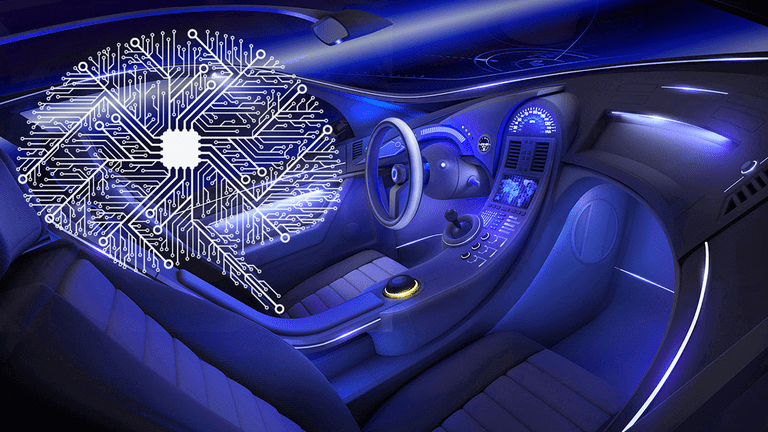When we think of fully autonomous vehicles, an image of a futuristic world likely pops in our heads. One where all cars simply go to the destination assigned for that trip and driving is a thing of the past.
With innovative technologies from companies like Tesla, self-driving cars are already on the market, able to sense objects around them as they are directed to their required location. Yet, with all the limitless possibilities, have you ever considered how telemedicine can be applied to autonomous vehicles?
Let’s consider a scenario: you are in your autonomous car on your way to arrive at your destinations for the day. Along the way though, you start to experience unusual symptoms. Maybe you begin to feel a shortness of breath or even pain/discomfort as the day continues. You’re not sure if you should go directly to the emergency room, or if what your feeling can be resolved with a simple change. You could use your phone to use telemedicine to consult a healthcare professional, but that would mean taking your eyes off the road, and in the event of an emergency, there is no guarantee of immediate response. More so, in the event that you do need medical attention, there is no guarantee that you will safely arrive at a hospital, or if they will even know to receive you. Already, there are several complications in this scenario to a driver possibly in need of emergency care, especially with time-sensitive situations.
Now, let’s apply telemedicine to this situation. If telemedicine has been integrated into the vehicle itself, you could easily access telemedicine services, all by voice command even, and convey the severity of your symptoms. You may even be able to view what providers are available in your area or any emergency rooms nearby if needed. Let’s say the application already has the patient’s information saved, like MomentMD offers, and locates medical facilities nearby. Perhaps a caller or automated voice speaks to the driver to identify symptoms they are experiencing, and a patient can review symptoms to recognize if they are in need of immediate care. In the event of an emergency, the vehicle can use data from the telemedicine component and reroute to an emergency room or emergency facility. The application can also send the information of the individual to the facility to first alert nurses of the incoming person and send that individual’s health information to the staff so that they are aware of the patient’s prior history and reported symptoms. The vehicle then arrives at the drop off location, the staff is already looking for the vehicle’s arrival so they are able to intercept the individual immediately and provide the necessary care without hesitation. Thus, our driver’s life is saved with the assistance of these technologies despite such a time-sensitive situation. Often times, the challenges healthcare providers face in saving lives is delivering care in a critical time. But, with the implementation of telemedicine within autonomous vehicles, all patient history, and major symptoms can be sent prior to patient arrival to ensure the fastest response times.





